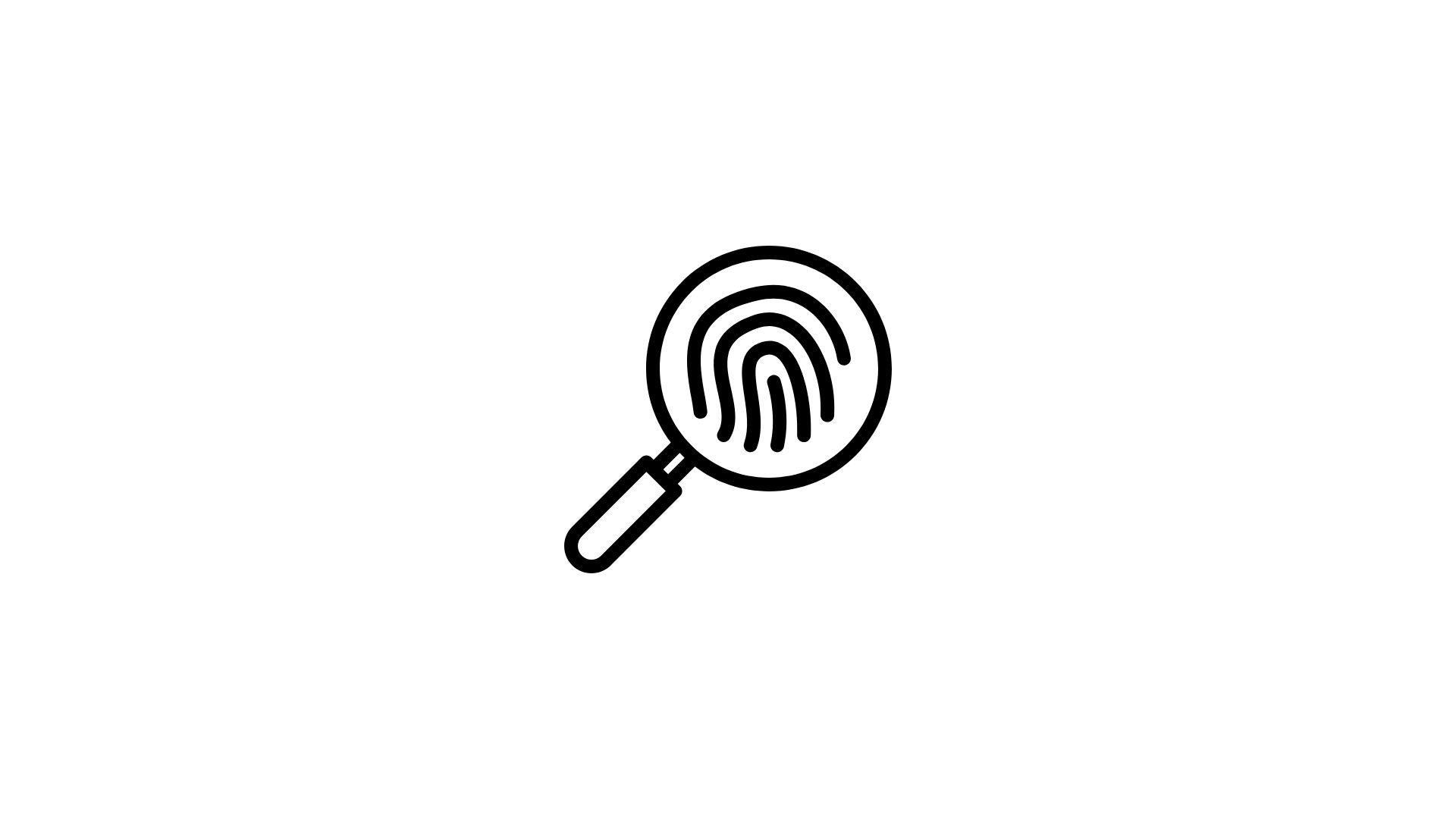Why We Do What We Do

Evidence-Informed Practice
We design health promotion actions by customizing what we know works to the needs of our community.

Determinants of Health
We recognize health outcomes are shaped by the social, cultural, physical, and economic environment.

Equity
We prioritize having an equity-based lens throughout our work, believing everyone should have the opportunity to reach their full health potential.

Supportive Environments
We recognize health behaviors are not just individual choices, but also a reflection of the environments where people live, work and play. We work to improve the conditions these spaces so our children and youth can thrive!

Community Participation
We acknowledge successful health promotion activities must be carried out by and for people and their communities.



